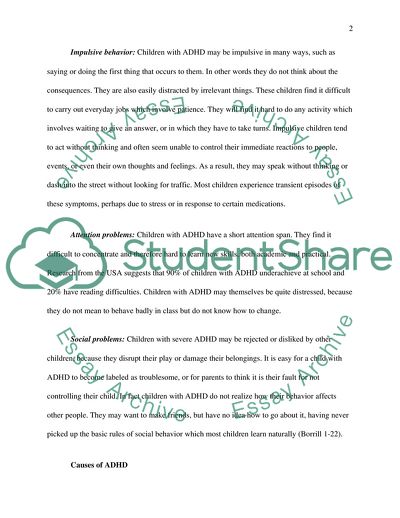Cite this document
(Treatments for ADHD in Children Case Study Example | Topics and Well Written Essays - 2000 words, n.d.)
Treatments for ADHD in Children Case Study Example | Topics and Well Written Essays - 2000 words. Retrieved from https://studentshare.org/health-sciences-medicine/1704152-treatments-for-adhd-in-children
Treatments for ADHD in Children Case Study Example | Topics and Well Written Essays - 2000 words. Retrieved from https://studentshare.org/health-sciences-medicine/1704152-treatments-for-adhd-in-children
(Treatments for ADHD in Children Case Study Example | Topics and Well Written Essays - 2000 Words)
Treatments for ADHD in Children Case Study Example | Topics and Well Written Essays - 2000 Words. https://studentshare.org/health-sciences-medicine/1704152-treatments-for-adhd-in-children.
Treatments for ADHD in Children Case Study Example | Topics and Well Written Essays - 2000 Words. https://studentshare.org/health-sciences-medicine/1704152-treatments-for-adhd-in-children.
“Treatments for ADHD in Children Case Study Example | Topics and Well Written Essays - 2000 Words”. https://studentshare.org/health-sciences-medicine/1704152-treatments-for-adhd-in-children.


